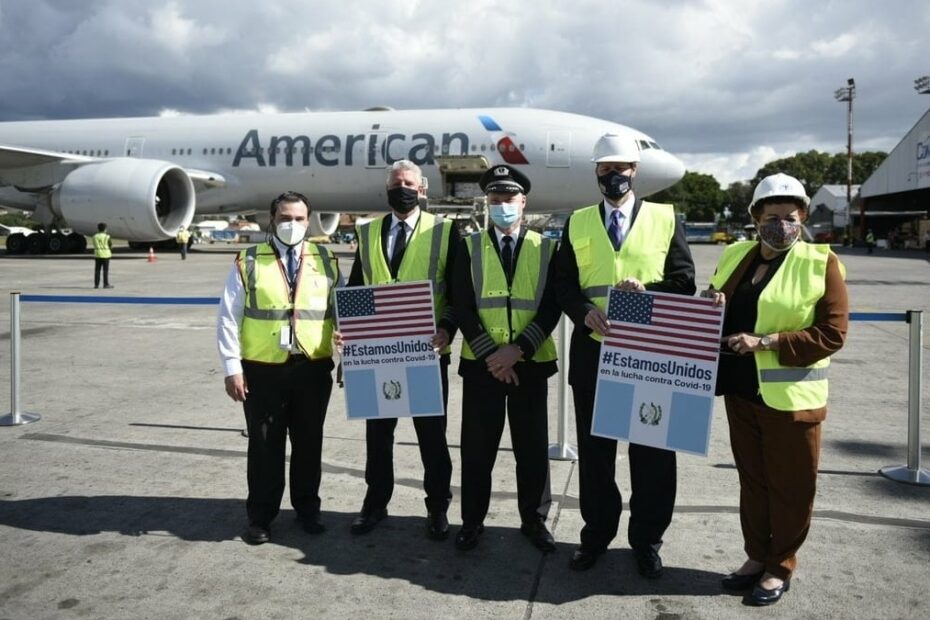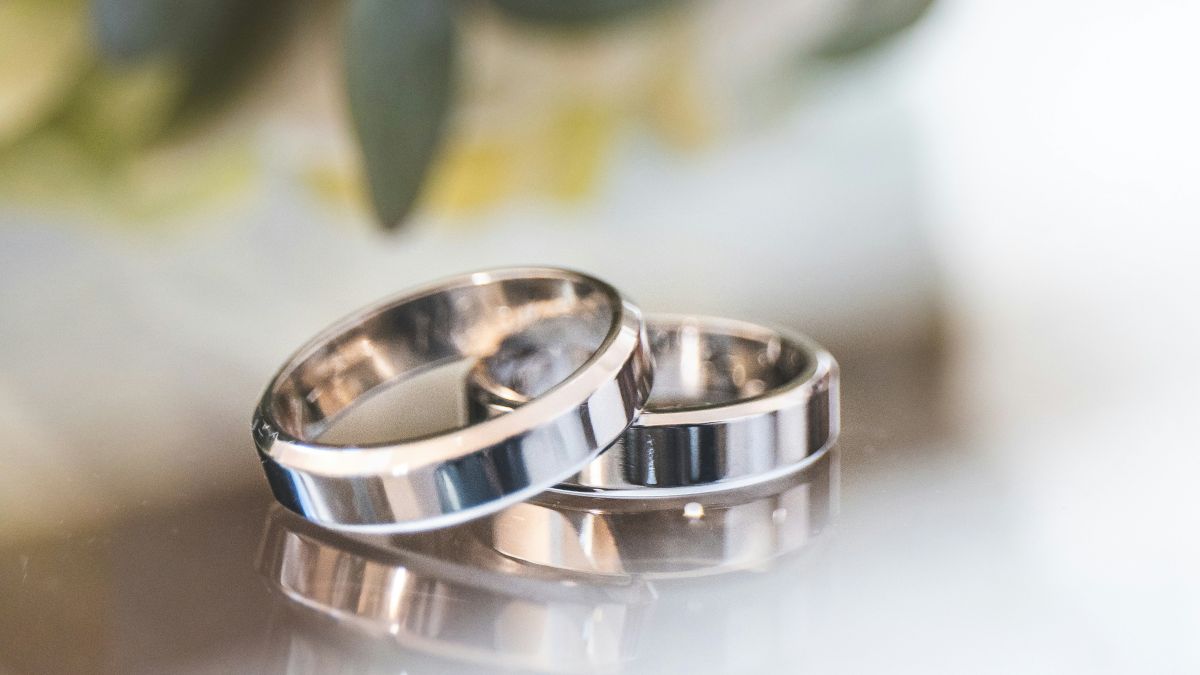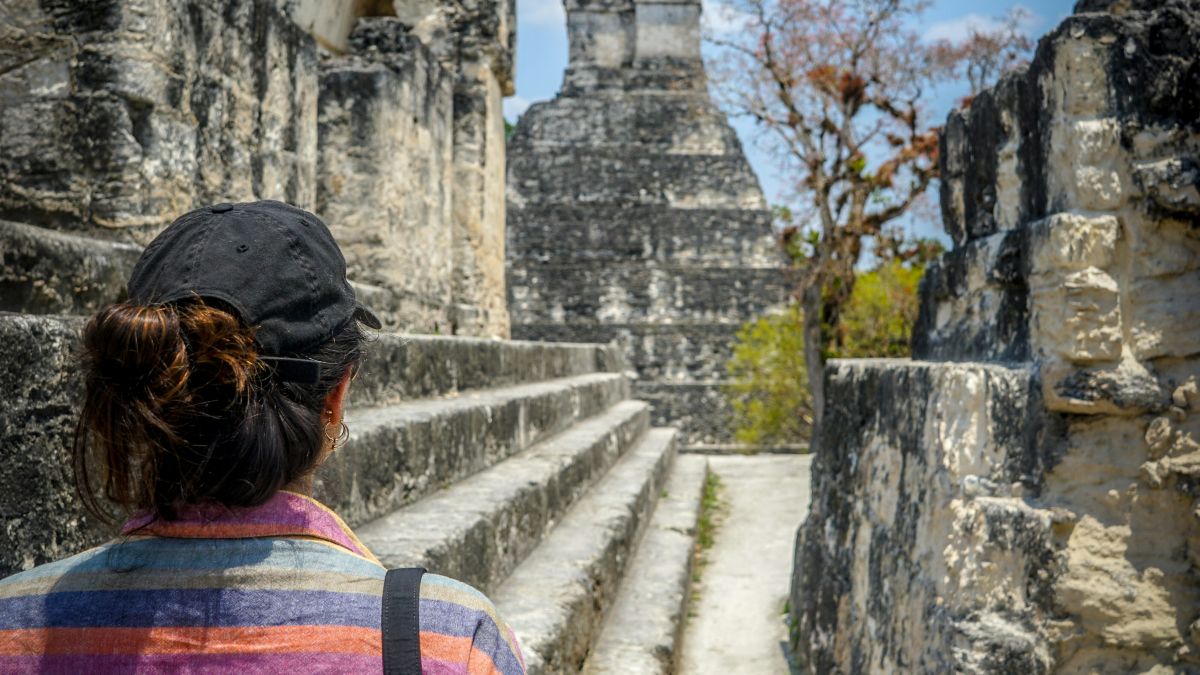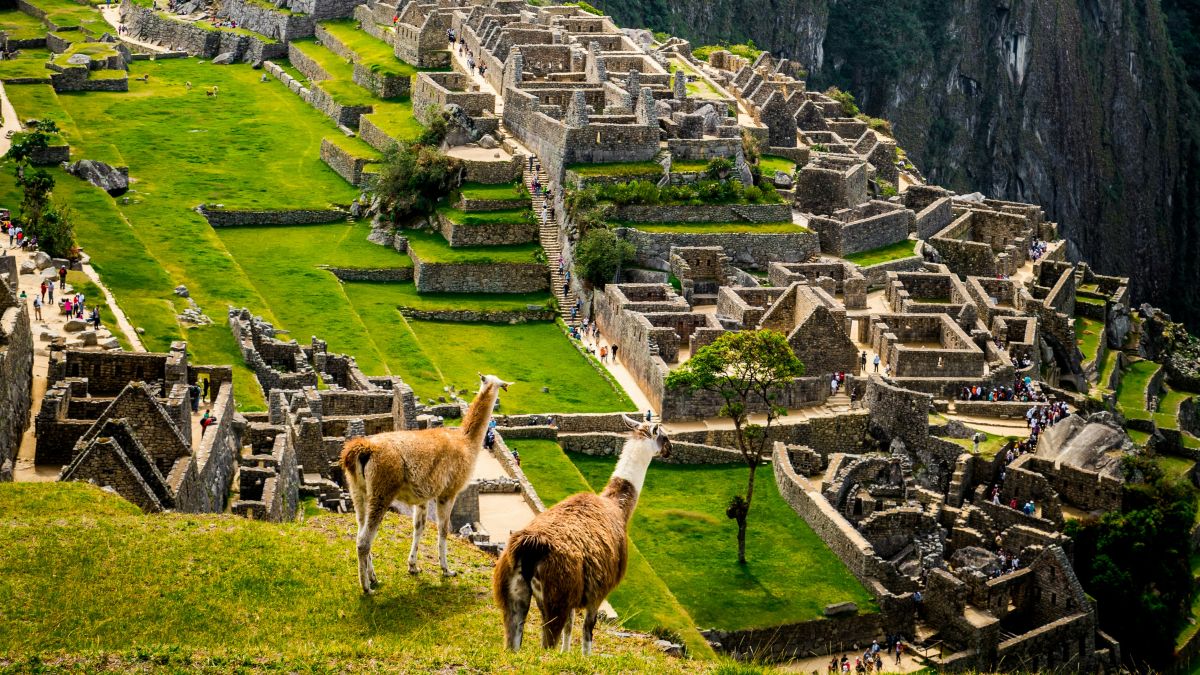Central America is now receiving more vaccines than it’s ever had before, thanks to a rigorous donation program underway courtesy of the United States. We take a look at the recent vaccine donations to Central America from Uncle Sam.
The past couple of weeks have busy in Central America with Covid vaccines. And a large part of that is down to the United States getting its vaccine donation program underway.
It follows President Biden’s pledge at the G7 Summit in June, where he committed the United States to donate 500 million doses of vaccine around the world over the next two years through the COVAX program. This comes on top of an earlier pledge to donate 80 million doses directly (not through COVAX) this summer.
And it’s looking like Central America is an early beneficiary of these donations.
Last night, Guatemala became the latest country in Central America to receive a bulkload of Covid-19 vaccines from the United States. Three million doses of Moderna vaccine arrived in Guatemala City, the country’s biggest single delivery to date. The U.S. also donated 1.5 million Moderna doses on July 8, for a total of 4.5 million.
Guatemala is lagging near the bottom of Central America’s vaccination table. Less than six percent of its population has at least one dose. This 1.5 million Moderna doses will go a long way to help remedy that.
According to Health Minister Amelia Flores, Guatemala can now vaccinate everyone over the age of 40.
We are working on a global scale to bring life-saving vaccines to as many countries as possible. Today the United States is proud to make our second round of donations to Guatemala with an additional three million doses of Moderna vaccine. pic.twitter.com/hY8Gk4DQQy
— Secretary Antony Blinken (@SecBlinken) July 21, 2021
Today, Panama became the next beneficiary of the U.S. donation drive.
500,000 doses of Pfizer arrived in Panama City this morning. Like last night in Guatemala, this batch was by far the largest amount of vaccine arriving at once in Panama. So far, almost 29 percent of people in Panama have received at least one vaccination.
Panama’s now looking good for getting everyone vaccinated against Covid. It’s even pledged to vaccinate all foreigners in the country, regardless of status. In February, Health Minister Luis Francisco Sucre said that “nobody would be left out” of the process.
As the global leader in vaccine production, we have a responsibility to help vaccinate the world as quickly as we can. Today’s delivery of 500,000 Pfizer COVID-19 vaccine doses to Panama is another step in fulfilling our commitment to save lives and end the pandemic. pic.twitter.com/HUAVVFqpKV
— Secretary Antony Blinken (@SecBlinken) July 21, 2021
Costa Rica also received 500,000 donated Pfizer doses last week, on July 14.
This batch came in on the Thursday night. By Friday morning, Costa Rica could start on its program to vaccinate the over-40s. Right now, Costa Rica is on the over-30s, way ahead of where it would have been had the U.S. donation not arrived.
This time last week, Costa Rica was still stumbling through the over-58s. Now, according to President Alvarado, it hopes to vaccinate half a million over-40s by July 25.
Costa Rica is leading vaccination efforts in Central America, with 39 percent of people with at least one dose.
We delivered 500,000 doses of Pfizer vaccine to our friends and partners in Costa Rica. I’m proud we are now able to provide vaccines to support the Costa Rican people and help saves lives. pic.twitter.com/skUc8rUXqc
— Secretary Antony Blinken (@SecBlinken) July 14, 2021
That’s it so far, with direct donations from the U.S. to Central America.
To recap, it’s 500,000 Pfizer each to Panama and Costa Rica plus 4.5 million Moderna to Guatemala. The rest of the region may be in line for some direct help over the coming weeks, too. We’ll see.
In the meantime, the U.S. has also been donating to the region indirectly through the COVAX initiative.
Honduras and El Salvador both received 1.5 million doses of Moderna on June 27 and July 7 respectively.
Other countries have also been donating vaccines to Central America.
El Savador received 1.5 million Sinovac vaccines from China in April, and it’s reported that Russia is supplying Nicaragua with Sputnik vaccine for free. Belize has also received donations from Barbados and India.




